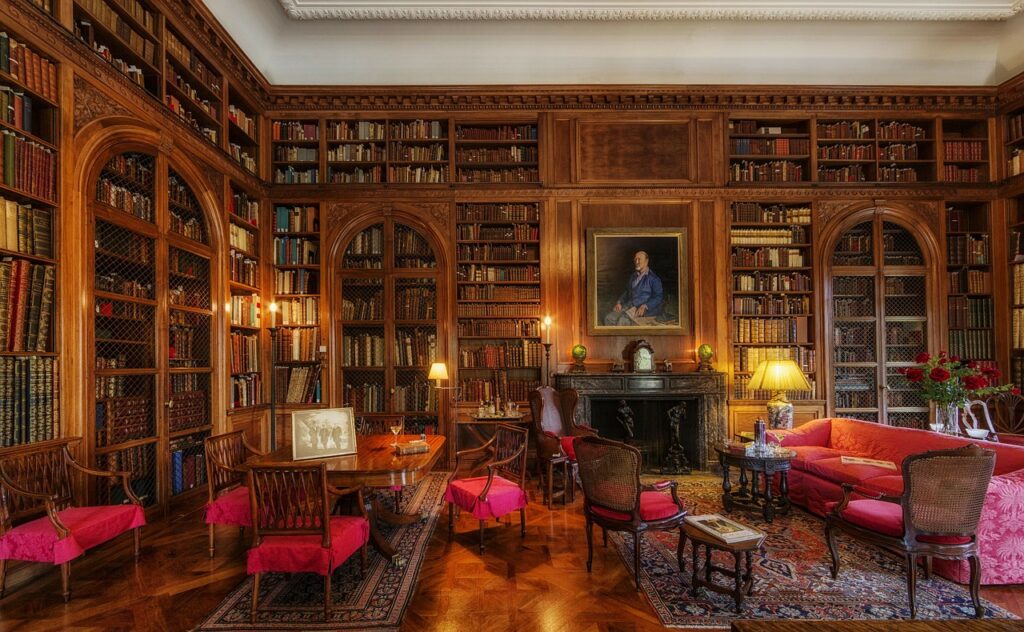Are you thinking about staging your home to increase its sale price and sell it faster?
Home staging can be a powerful tool in attracting buyers. It can also help you stand out in competitive markets like the well-established neighborhoods in Edmonton.
But it’s important to consider the hidden costs that come along with it. Don’t let the allure of a beautifully staged home blind you to the potential financial implications.
So, before diving headfirst into home staging, let’s explore the often-overlooked expenses and factors that can impact your bottom line.
By understanding these costs upfront, you can make an informed decision about whether home staging is right for you and your budget.
Table of Contents
The Initial Investment in Home Staging
When it comes to home staging, many people only consider surface-level costs. These include hiring a professional stager or renting pieces of furniture.
The initial investment in home staging can already be quite substantial. But this is only the tip of the iceberg.
It’s essential to weigh the costs against the potential return on investment. This is the only way to know whether to avail of home staging services.
The Cost of Hiring a Professional Home Stager
Hiring a professional home stager can be a great investment in selling your home. They can enhance your home decor and make it more appealing to buyers. But this alone could already cost you around $2,000.
- Consultation fee. Most home staging companies will charge a fee for an initial consultation. This is where they assess your home and provide recommendations for staging. The price can range from $100 to $500, depending on the stager’s experience and location.
- Actual staging services. This can include renting or purchasing furniture, artwork, accessories, and other decor items to enhance the visual appeal of your home. On average, you can expect to pay anywhere from $2,000 to $6,000 for professional staging costs.
The costs of hiring a professional stager can vary. These depend on factors such as the size of your home and the extent of the staging required.
Also, remember that these costs are not one-time expenses. If your home doesn’t sell within the expected timeframe, you may need to extend the staging period. And this can result in additional fees.
Furniture and Decor Rental Expenses
Rental fees can range from a few hundred to several thousand dollars monthly. But these can vary significantly depending on the following:
- Size of the home
- Duration of the staging
- Quantity and type of rental pieces
It’s important to carefully consider your budget and factor in these costs when planning your home staging.
Also, some rental companies charge delivery and pickup fees. You can also be billed for setting up and dismantling the staged area. These charges can add up quickly and eat into your overall budget.
You may even be responsible for any damages incurred for the furniture and decor pieces. And, as you may have guessed, this can result in additional costs.
Lastly, furniture and decor rental expenses are ongoing as long as the home remains staged. If your home takes longer to sell than anticipated, you may incur higher rental costs than initially planned. This can strain your budget and affect your overall profitability.
Additional Costs of Home Staging
When it comes to home staging, there are often additional costs that homeowners need to consider. While the main focus is typically on the cost of hiring a professional stager, there are several other expenses that can quickly add up.
Deep Cleaning Services
One of the first things to do when preparing your home for staging is to deep clean it. And no, it’s not enough to vacuum and polish your floors.
You may need a pressure washer, especially when cleaning your home’s exterior. You may also need a leaf blower for your roof and a lawn mower for your yard to enhance your curb appeal before selling.
To ensure your property is spotless, you may need to hire professional cleaners.
Or, if you want to DIY it but don’t already have this equipment, you may need to rent them. And this doesn’t come for free, either.
Storage
Another thing to do to prepare for home staging is to declutter your space. This is so you can create a clean and appealing environment.
As such, you may need to temporarily store personal items and belongings somewhere.
This could mean renting a storage unit or utilizing off-site storage facilities. And, of course, it comes with monthly fees.
Repairs and Renovations
Home staging often involves making necessary repairs and updates to the property. By updating your space and making it more functional, you attract more prospective buyers.
These improvement projects could include:
- Fixing broken appliances
- Repairing damaged walls or flooring
- Updating outdated fixtures
The costs can vary depending on the extent of the repairs needed. But they could add up quickly and catch you off-guard.
Marketing and Photography
Professional photography is crucial for showcasing the staged home in its best light. And you may need to hire a professional photographer to do this right. This can be an additional expense.
You may also need marketing materials such as brochures, flyers, and online listings. These also need to be distributed, which can incur more costs.
Maintaining the Staged Home
This includes utilities, cleaning services, and ongoing maintenance. These services will ensure that the property remains pristine for potential buyers.
These costs can add up over time, especially if the home remains on the market for an extended period.
Alternative Options to Home Staging
While home staging can be an effective way to showcase your property and attract potential buyers, it can also come with a hefty price tag.
If you’re looking for alternative options to professional home staging, there are a few strategies you can consider. These can save you money while still presenting your home in its best light.
- Virtual staging. This involves digitally adding furniture and accessories to your listing photos. This option is not only cost-effective. It also lets you easily change the style and layout to cater to different buyer preferences.
- Highlight key features. Instead of staging the entire home, highlight the features that make your property stand out. Showcase architectural details, upgraded appliances, or a stunning view. With this, you can create a focal point that captures buyers’ attention without extensive staging.
- Consult with a real estate agent. This is a good idea if you’re unsure how to effectively stage your home or want guidance on alternative options. It allows you to get expert advice without the full cost of traditional home staging.
Staging Your Home Before Sale
Home staging can be a valuable tool in selling your home quickly and for a higher sale price. But it’s important to consider the hidden costs involved.
With careful planning and budgeting, you can navigate these costs and still reap the benefits of a beautifully staged home.
So, weigh your options, crunch the numbers, and make an informed decision that works best for you. Happy staging!


